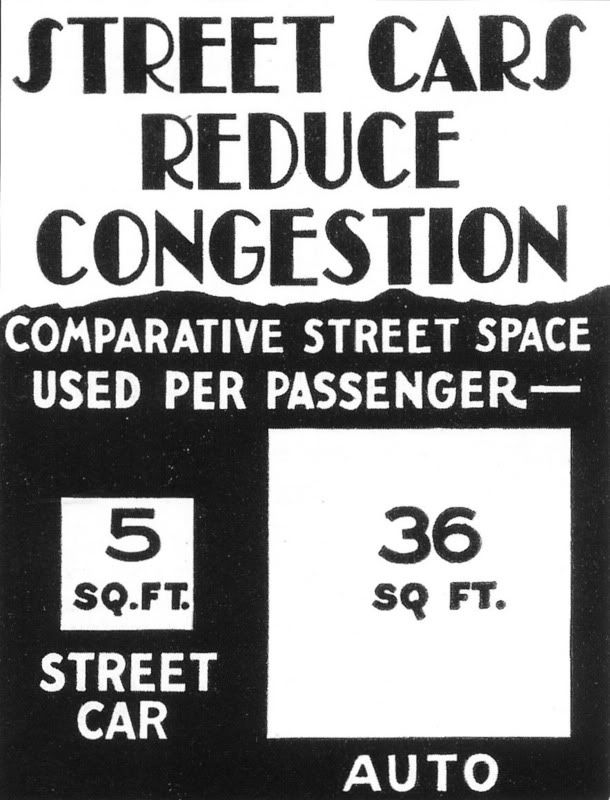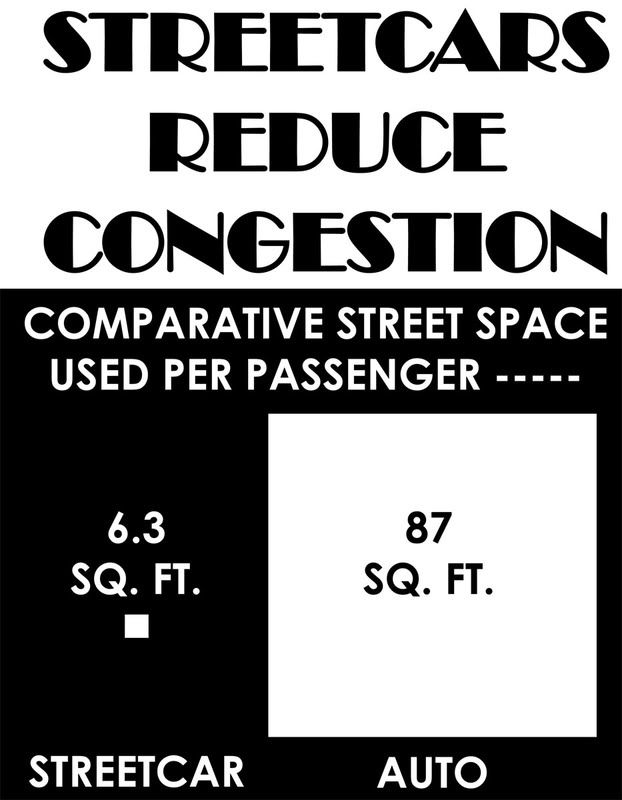Cincinnati is playing host to two important events this evening that seemingly play upon different themes, but are wholly interrelated. Both events unfortunately begin at 7 P.M.
 Rohs Street Café, at 245 W. McMillan Street (GoogleMap), is hosting Films That Matter 2008-2009 tonight from 7:00 P.M. to 8:00 P.M., sponsored by Imago and Cincinnati Earth Institute. Films That Matter offers a series of documentaries about planet Earth, about the challenges and opportunities of our times, and about innovative ideas and inspiring people that are making a difference. Films That Matter showcases independent films and provides a space for people to gather, learn and discuss what matters.
Rohs Street Café, at 245 W. McMillan Street (GoogleMap), is hosting Films That Matter 2008-2009 tonight from 7:00 P.M. to 8:00 P.M., sponsored by Imago and Cincinnati Earth Institute. Films That Matter offers a series of documentaries about planet Earth, about the challenges and opportunities of our times, and about innovative ideas and inspiring people that are making a difference. Films That Matter showcases independent films and provides a space for people to gather, learn and discuss what matters.
For tonight, the Café is presenting “Al Gore: New Thinking on the Climate Crisis“, where Gore uses a slide show to present evidence that the pace of climate change may be worse than what scientists recently predicted. Acting upon that, Gore challenges citizens to act on this information by becoming engaged in debates and organizations. This film is a follow-up to Gore’s award winning film, “An Inconvenient Truth“, and is 30-minutes long which will be followed up by a discussion.
 Elsewhere, Arnold’s at 216 East 8th Street (GoogleMap) is hosting the monthly Cincinnati Bike/PAC meeting at 7 P.M. on the second floor. This meeting is held for those wishing to find out more about the city’s bike initiatives and what they can do about it. Traditionally, Bike/PAC has not attracted a lot of interest from younger cyclists, and as was quite apparent from last month’s Transportation Subcommittee meeting, affordable, green transportation appeals most to those who have yet bought into the prevailing automobile culture of this region.
Elsewhere, Arnold’s at 216 East 8th Street (GoogleMap) is hosting the monthly Cincinnati Bike/PAC meeting at 7 P.M. on the second floor. This meeting is held for those wishing to find out more about the city’s bike initiatives and what they can do about it. Traditionally, Bike/PAC has not attracted a lot of interest from younger cyclists, and as was quite apparent from last month’s Transportation Subcommittee meeting, affordable, green transportation appeals most to those who have yet bought into the prevailing automobile culture of this region.





